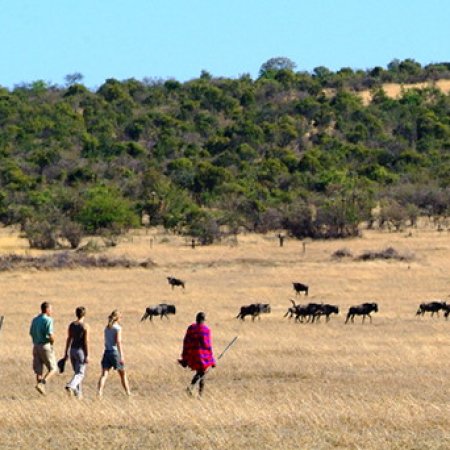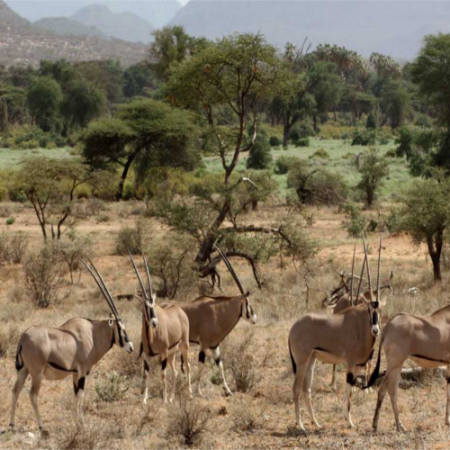National Parks, Reserves, or Conservancies? What Is The Difference
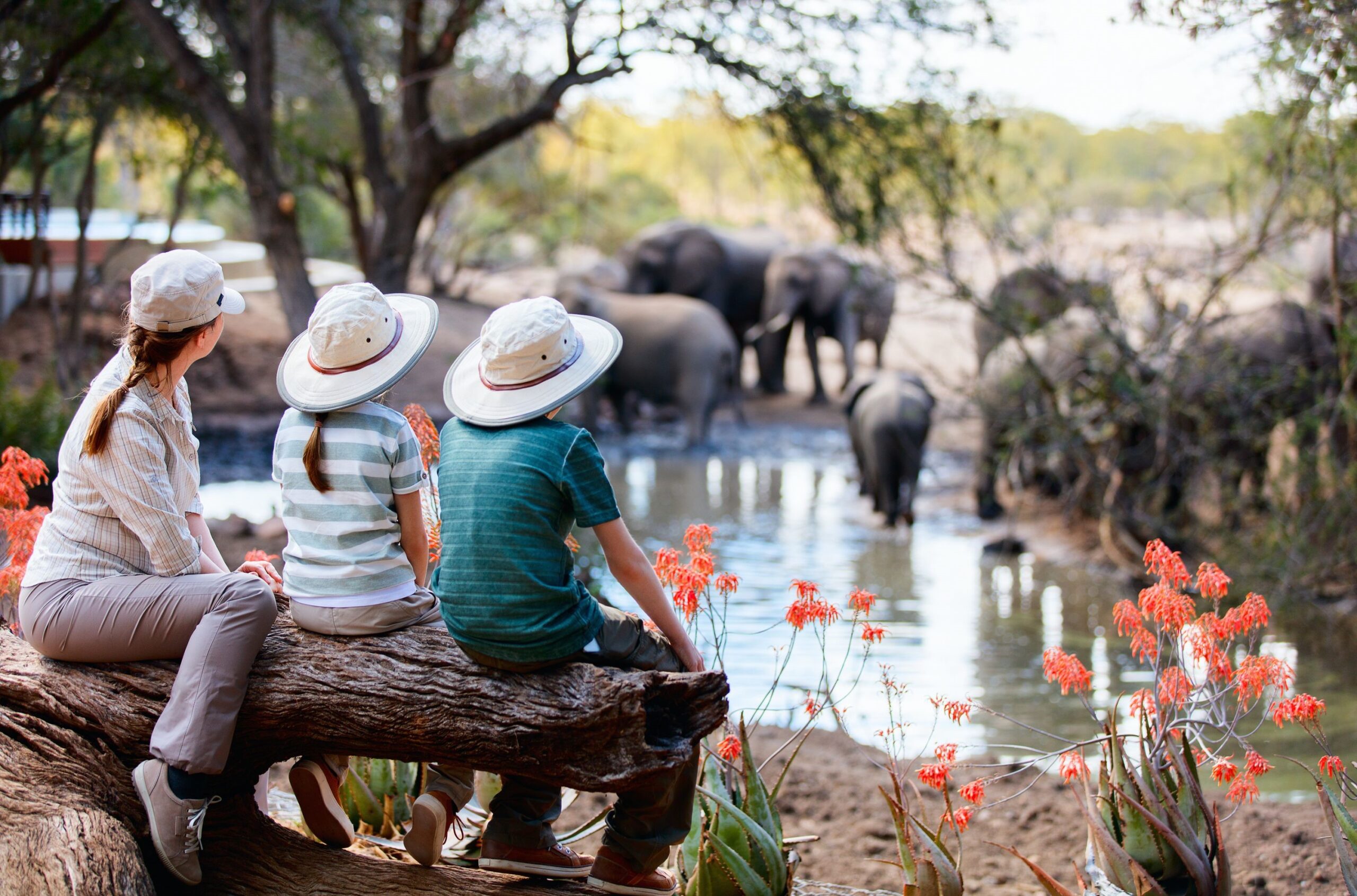
You’ve probably come across terms like national park, reserve, and conservancy. But what do these mean, what is their difference and how do they affect your visit? Understanding the differences between these protected areas helps you pick the perfect spot for your adventure, whether you want strict protection, community engagement, or a blend of both.
In this post, we’ll break down the difference between national parks, reserves, and conservancies so you can explore Kenya’s wild side with confidence and expert knowledge.
What Is a National Park?
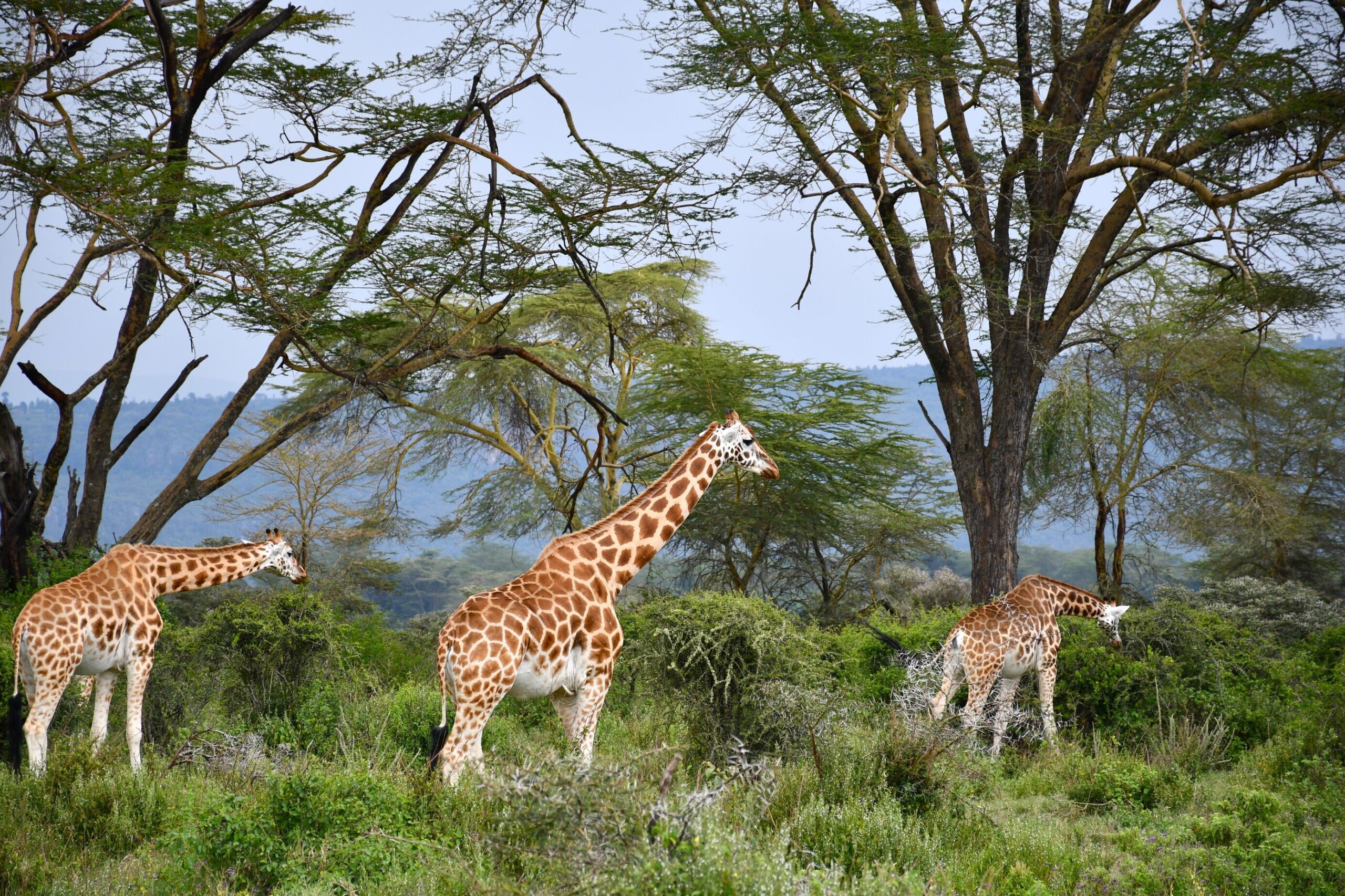
-
It is A government-managed protected area and designated region where strict rules and regulations are enforced to preserve wildlife and their natural habitats, ensuring the conservation of biodiversity while allowing responsible tourism and research activities
-
Within the park boundaries, no human settlements or farming activities are permitted, helping to maintain the natural ecosystem undisturbed and protect the wildlife and their habitats from human interference.
-
The area features well-developed tourism infrastructure, including visitor centers that provide educational resources, well-maintained roads for easy access, and designated campsites equipped with essential facilities to enhance the comfort and experience of travelers.
-
This destination is ideal for travelers seeking classic safari experiences, offering the chance to explore pristine, untouched environments where abundant wildlife thrives, providing unforgettable moments of adventure and connection with nature..
-
Examples: Amboseli National Park, Nairobi National Park, Lake Nakuru National Park, Tsavo East And Tsavo West National Park, Mount Kenya National Park
Understanding National Reserves
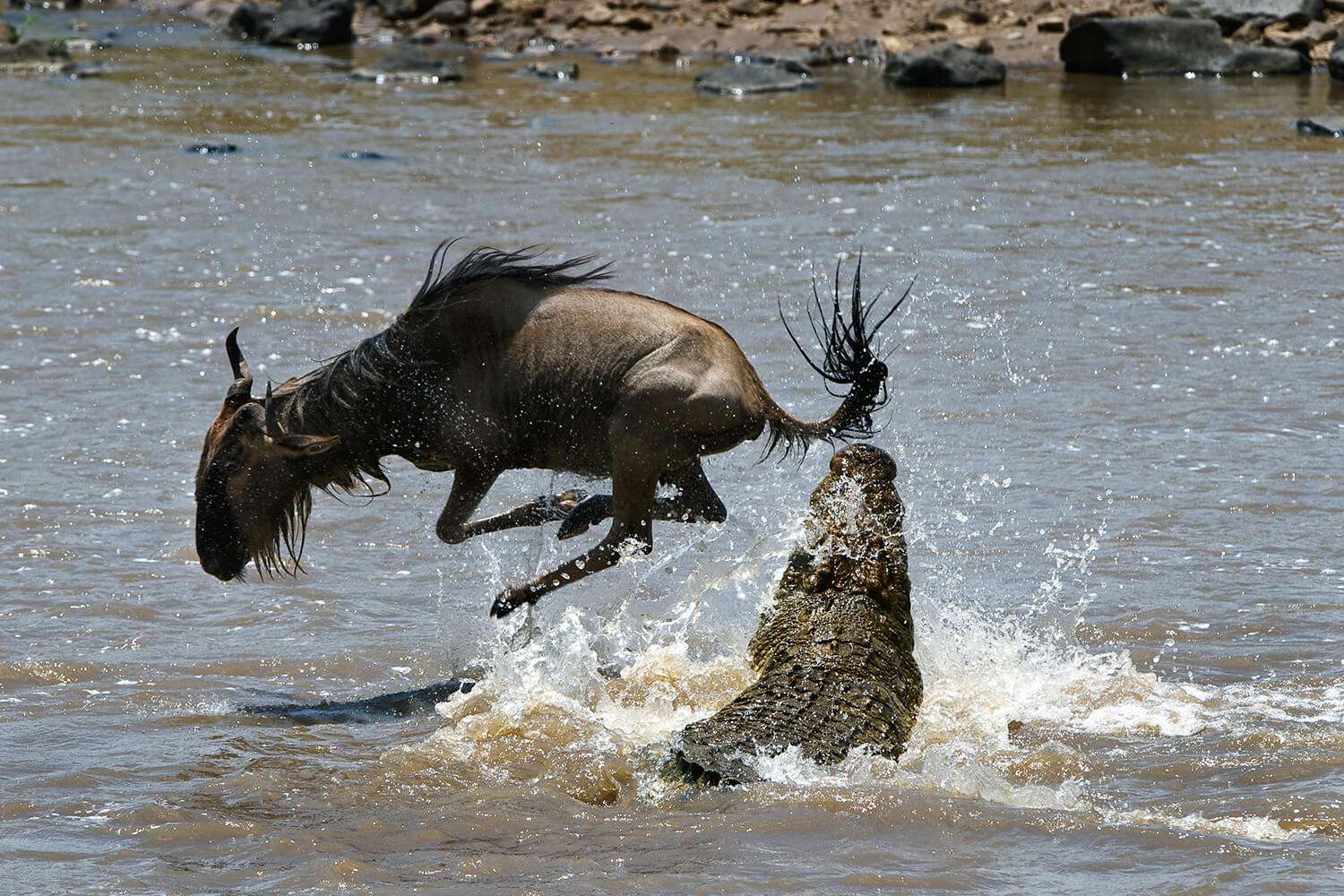
-
These areas can be managed by a variety of stakeholders, including government authorities, private owners, or local communities, each bringing different approaches to conservation, tourism, and sustainable resource use.
-
Protection rules in these areas may be more flexible compared to strict reserves, sometimes allowing controlled activities such as regulated hunting or grazing, which are managed carefully to balance conservation goals with sustainable use of natural resources.
-
These areas are often specifically focused on conserving particular species or unique habitats, implementing targeted measures to protect and support the survival of vulnerable wildlife or delicate ecosystems..
-
The level and type of tourism infrastructure can vary greatly depending on who owns and manages the area, as well as the primary purpose of the site—ranging from basic facilities in community-managed reserves to more developed amenities in privately owned conservancies or government parks.
-
Examples: Masai Mara National Reserve, Samburu National Reserve, Shimba Hills National Reserve, shaba National Reserve
What Makes Conservancies Unique?
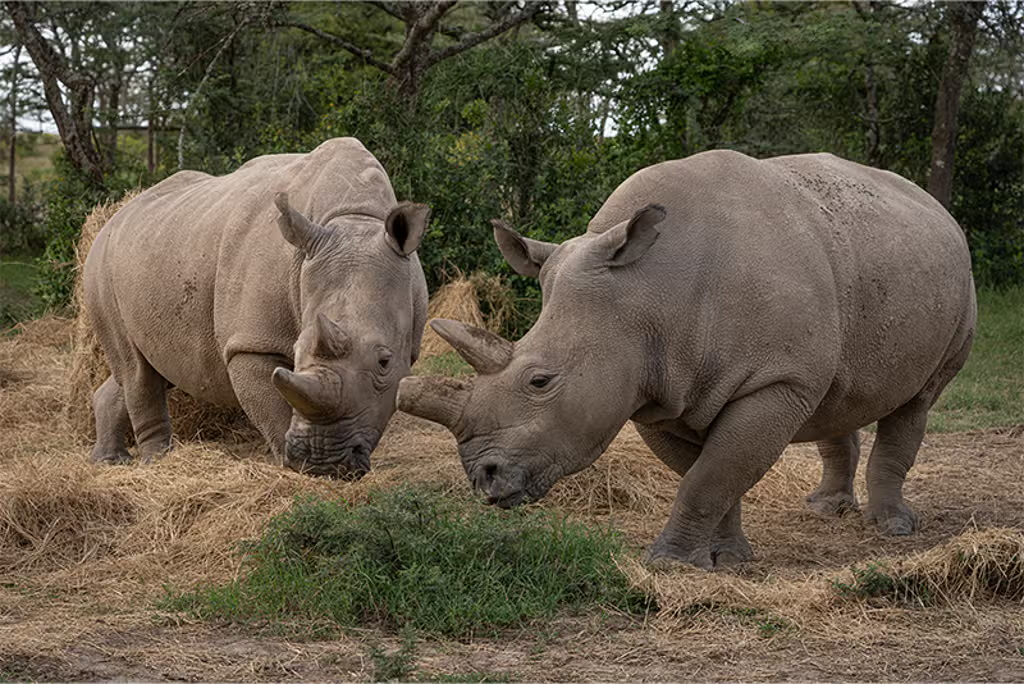
-
These areas are typically managed by local communities or private entities with a strong emphasis on sustainable conservation practices, aiming to protect biodiversity while supporting livelihoods and responsible tourism..
-
These initiatives support local communities by promoting eco-tourism, sustainable farming, and traditional pastoralism, helping to create economic opportunities while preserving the environment and cultural heritage..
-
These programs actively encourage community involvement and ensure that local people share in the benefits derived from wildlife conservation and land management, fostering a sense of ownership, responsibility, and sustainable development.
-
These areas tend to be smaller and more flexible in their management, often providing visitors with authentic cultural experiences that showcase local traditions, lifestyles, and heritage in a more intimate and personalized setting..
-
Examples: Ol pejeta conservancy, Naboisho Conservancy, Lewa Wildlife Conservancy
Quick Comparison: National Parks vs Reserves vs Conservancies
| Feature | National Park | Reserve | Conservancy |
|---|---|---|---|
| Management | Government | Government, private, or community | Community or private |
| Human Activity | Restricted (no settlements) | Sometimes allowed (controlled hunting, grazing) | Allowed, sustainable practices |
| Conservation Focus | Broad ecosystem protection | Species or habitat-specific | Conservation + community benefits |
| Tourism Infrastructure | Developed | Variable | Often eco-friendly, community-led |
| Example | Mount Kenya National Park | Ol Pejeta Conservancy | Local community conservancies |
Why This Matters for Your Safari
Choosing the right type of protected area influences:
-
Wildlife sightings: Some parks offer denser populations of iconic animals, while conservancies may provide intimate encounters.
-
Safari experience: From strict regulations to community interactions, your adventure can be tailored to your interests.
-
Supporting local communities: Conservancies often directly empower local people, making your visit more impactful.
At Cross Wild Safaris, we help you choose the best national parks, reserves, or conservancies around Mount Kenya to suit your dream safari. Whether you want to explore untouched wilderness or support community conservation, we craft unforgettable wildlife experiences just for you. GET INTOUCH NOW!!

